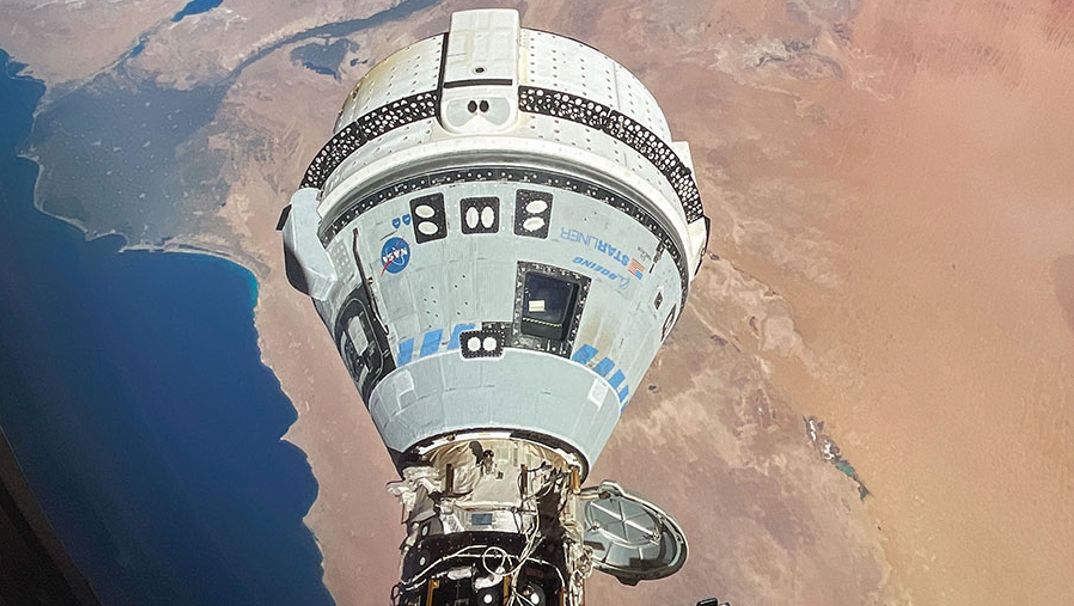
Boeing's Starliner spacecraft, which was intended to mark a significant achievement by transporting two NASA astronauts on a round trip to the International Space Station, has encountered unexpected issues during its inaugural crewed flight. The mission, which originally projected a stay of about a week for astronauts Suni Williams and Butch Wilmore, has been extended due to helium leaks and thruster failures.
The Starliner spacecraft launched successfully from Florida's Cape Canaveral Space Force Station on June 5, but engineers soon discovered five helium leaks in the thruster system and five thruster failures to the reaction-control system. These issues have forced NASA and Boeing to delay the return journey of Williams and Wilmore.
The astronauts are now expected to remain aboard the International Space Station until at least June 26, stretching their mission duration to at least 20 days. The extended stay will allow engineers more time to assess and address these issues before attempting a safe return journey for the crew.
Boeing has faced numerous setbacks in its efforts to develop the Starliner spacecraft, including software faults, fuel valve issues, and parachute problems. These challenges have contributed to significant cost overruns for the project.
Despite these challenges, NASA remains committed to working with Boeing and SpaceX as part of its Commercial Crew Program. The program aims to foster partnerships between the agency and private companies in order to transport astronauts into low Earth orbit following the retirement of NASA's space shuttles in 2011.
The Starliner spacecraft is a crucial component of this initiative, as it represents Boeing's first manned space launch since the retirement of the Space Shuttle Program. The successful completion of this mission would pave the way for regular crewed flights to and from the International Space Station using Boeing's technology.
As NASA and Boeing work to resolve these issues, Williams and Wilmore continue their research aboard the space station. Their extended stay provides an opportunity for them to contribute valuable data and insights that could help advance our understanding of life in space.




